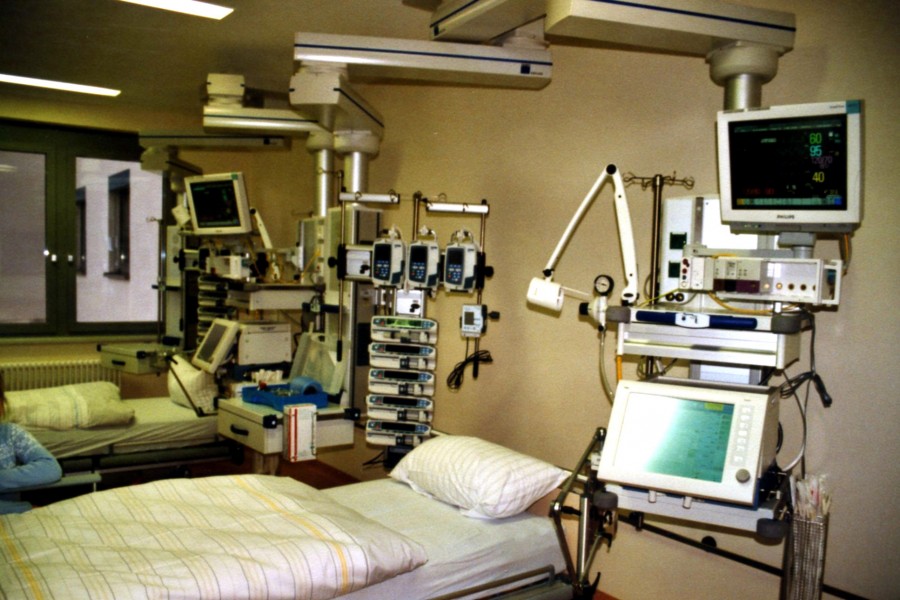
Published :
Updated :

Investigation into the fire that broke out into the Dhaka Medical College Hospital's newly built intensive care unit (ICU) is yet to be completed. So there is no knowing about the exact cause of the fire, although report has it that the fire originated from a 'high-flow nasal cannula'. In an earlier such incident, the temporarily built isolation centre for the Covid-19 patients at the United Hospital was engulfed by fire. What is unacceptable is the death of critically ill patients admitted there as the last resort for recovery. It is baffling to find that patients die there not from the disease but an extraneous cause like undesirable breaking out of fires. In the two incidents of fire, five and four patients of the United Hospital and the DMCH respectively died most tragically. Experts in such incidents claim, the deaths were avoidable. In the United Hospital fire incident, according to the investigation report, negligence was found to be one of the reasons for not timely swinging into action to save the vulnerable patients.
What, however, appears to be a common factor is the rush to put in place such critical units or better say extend such facilities for intensive medical care under pressure from a rising number of Covid-19 patients. Before the arrival of the disease, there were ICUs in all leading hospitals including the private ones. So far as it is known, no ICU of those hospitals reported such mishaps or the consequent loss of lives in the past. Such fire incidents have been reported from hospitals in India, Turkey and elsewhere during the past months of the pandemic. It would not be surprising if everywhere the makeshift arrangements failed to meet the high standard of installations of equipment and setting up of the supporting systems. For example, the investigation observes that the isolation centre at the United Hospital had no ventilation system, active fire protection and moreover its interior was furnished with inflammable materials.
Clearly there was many a slip between the cup and the lips. The same may be true for the ICU that was added to the DMCH to meet the emergency. But at least there was the precedence of the United Hospital's disaster. This should have alerted the authorities at the DMCH to take the necessary precaution for avoiding any such tragedy. It has been alleged by an expert of the Fire Service and Civil Defence that the ICU at the DMCH had no emergency evacuation system or if there was one it did not work at all. This is clear from the fact that the relatives of the patients had to move the patients out of the room when no hospital staff members came forward to take the responsibility.
In this context, let a portion of the investigation report quoted verbatim, "In constructing temporary infrastructure like this isolation centre, installation of fire control false ceilings, concealing and conduits of electrical cables/wires, sealing the duct lines with stoppers, installation of fire exit, fire control panels, public address system, fire suppression systems and smoke detectors are musts". Also it suggests training for at least 25 per cent of hospital staff, particularly those who take care of patients, among other recommendations. Large hospitals with ICUs can find these suggestions made by the fire service highly useful and should implement those in order to avoid such disasters in the future.


 For all latest news, follow The Financial Express Google News channel.
For all latest news, follow The Financial Express Google News channel.